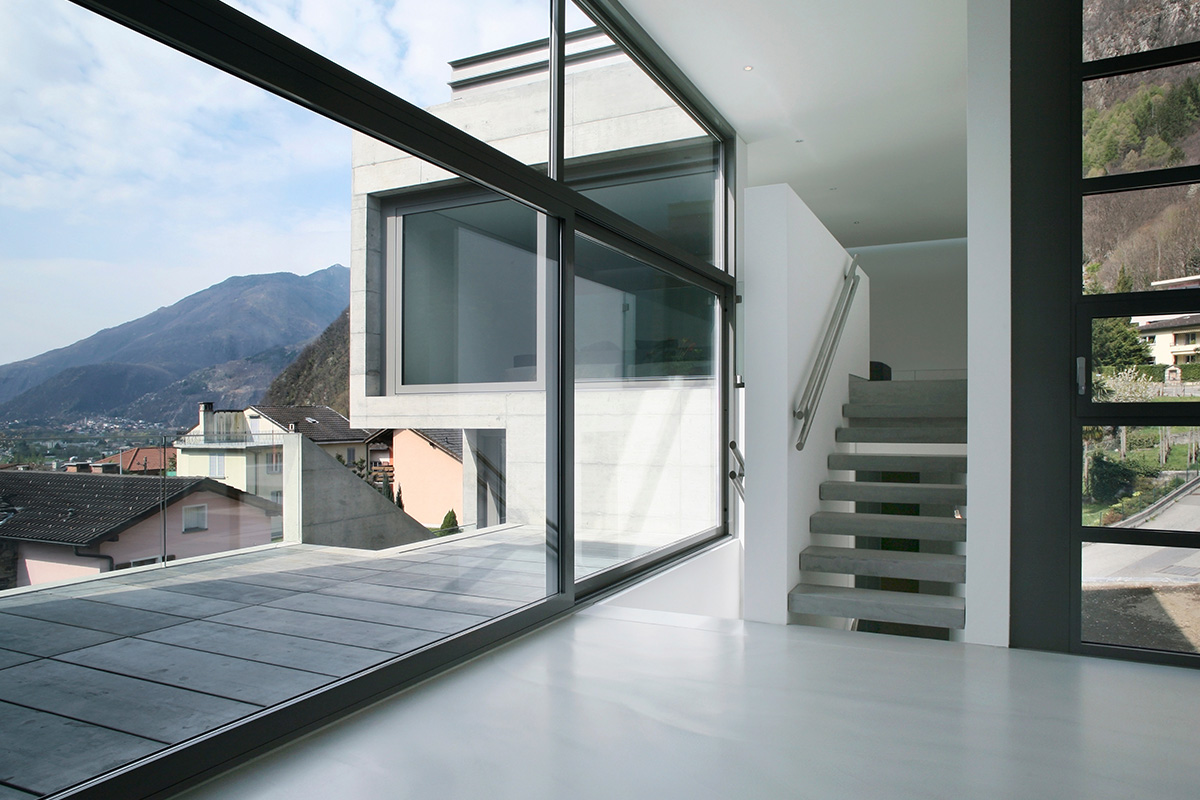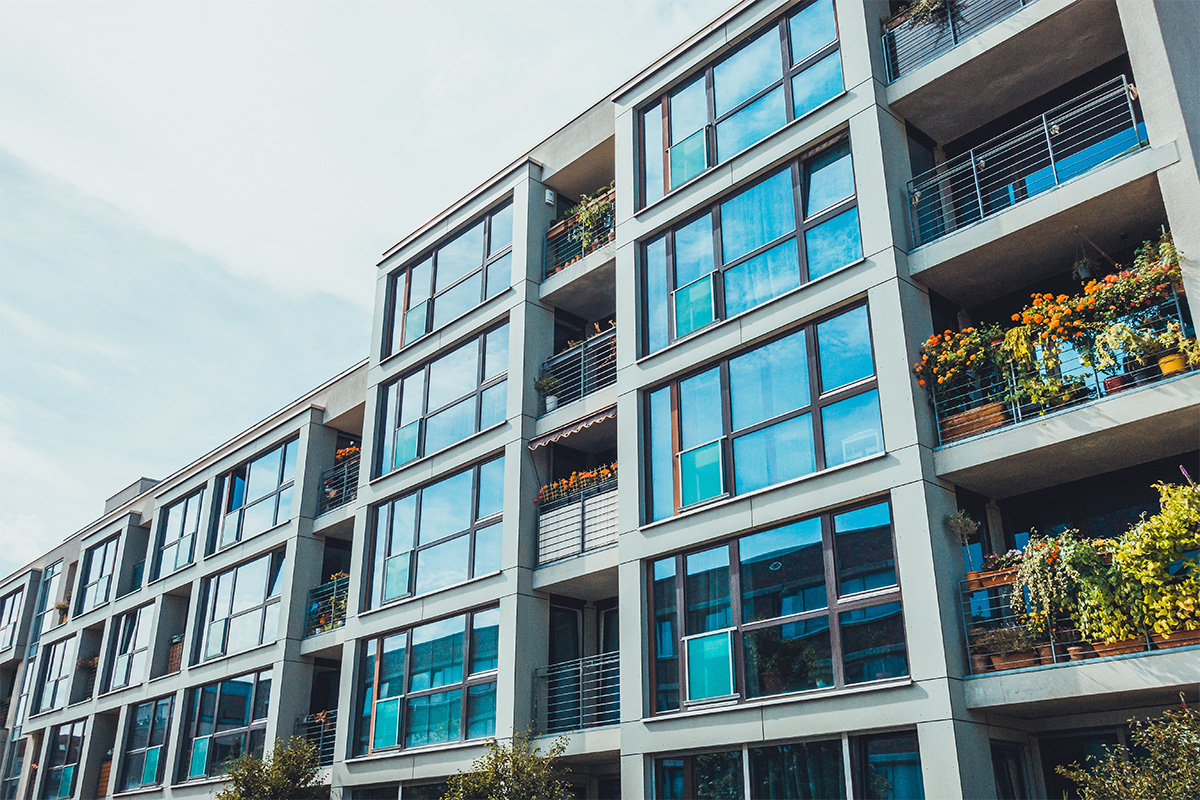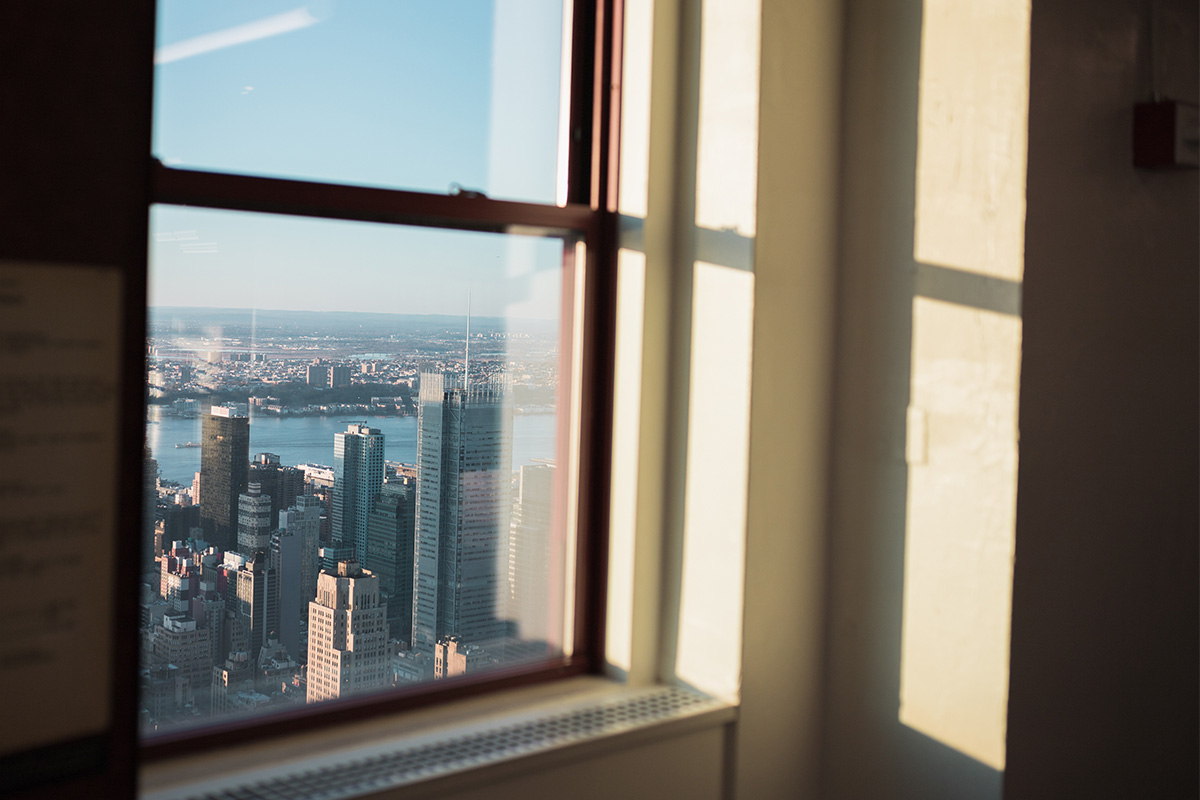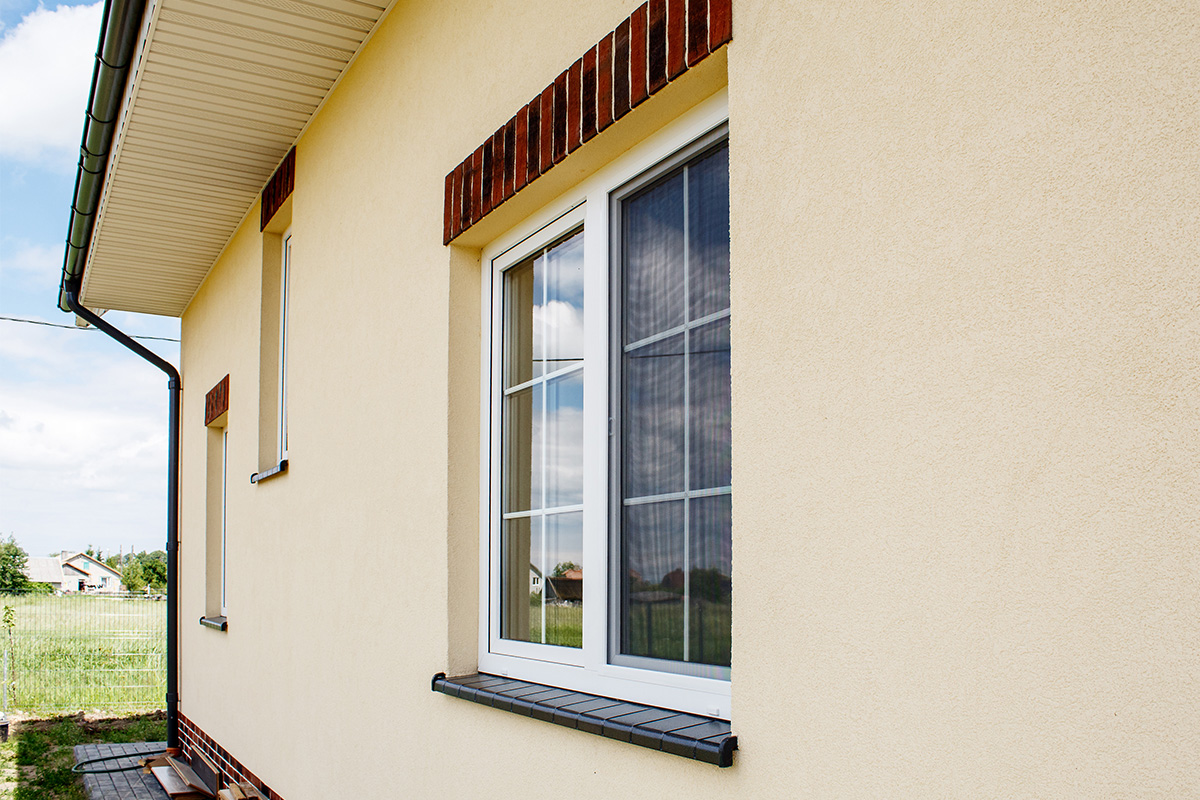For many years, because of good thermal and acoustic parameters, a standard in private houses and developer investments are three-glass windows. However a classic product is one-chamber fused glass, made from two glass panes. Where will double-glass units find use?

Double-glass unit
Double-glass units – specification
Double-glass unit is a base of window and door systems. One-pane glazing is used in interiors for example as partition walls or doors in rooms. Two panes with an edge spacer bar, which are the main element of the fusion, already ensure a certain level of thermal isolation. In the space created between the glass there is mainly argon (in 90%), which works as an isolator and additionally decreases the heat permeating coefficient. The basic unit has a thickness of 24 mm – elements have the following measurements: 4 mm (glass), 16 mm (edge spacer bar), 4 mm (glass), creating a unit 4/16/4.
Where to install double-glass windows?
 Windows
Windows with a double-glass unit are very popular in parts of the world, where winter isn’t very cold, so the owners don’t expose themselves to losing a lot of heat and connected to that high cost of exploitation. It can also be used in non-heated rooms, for example in outbuildings, garages or other poorly heated places and the ones that require high thermal performance. In such cases the double-glass unit will be an economical option, adapted to the needs of a specific surface. On the other hand, when it comes to residential buildings, the technical requirements themselves limit our choice of window joinery.
Double-glass unit and the technical requirements for new investments

From 2021 members of the European Union need to fulfill requirements regarding thermal isolation of window joinery. According to the rules windows in new investments need to have very good thermal isolation, which determines the Uw coefficient (window heat permeating). It can’t be higher than 0,9 W/m2*K when it comes to joinery in elevation. Roof windows can have a little higher coefficient – up to 1,1 W/m2*K, what results from their lower thermal isolation. The required energetic standard for modern construction is high – the investors can meet it by using renewable sources on a higher level. European Directive 2010/31/UE sets it for all the investors – developers, designers, distributors and private individuals that are planning to build a house.
Double-glass joinery in older and poorly heated buildings.

When it comes to energy-saving or passive houses, the double-glass unit simply just can’t be used. In such buildings modern window and door joinery has a big influence on keeping the house warm and meeting the European requirements. Double-glass windows don’t have as good parameters as their three-glass variants. On the other hand older houses, which are poorly isolated, even with three-pane fusions, won’t allow you to achieve high thermal comfort. Three-glass units won't decrease the energetic need, if the heat escapes through walls or floors. So if we're replacing windows in old architecture, high-quality double-glass windows can be a sufficient investment. The mentioned technical requirements don’t apply to renovated houses.




